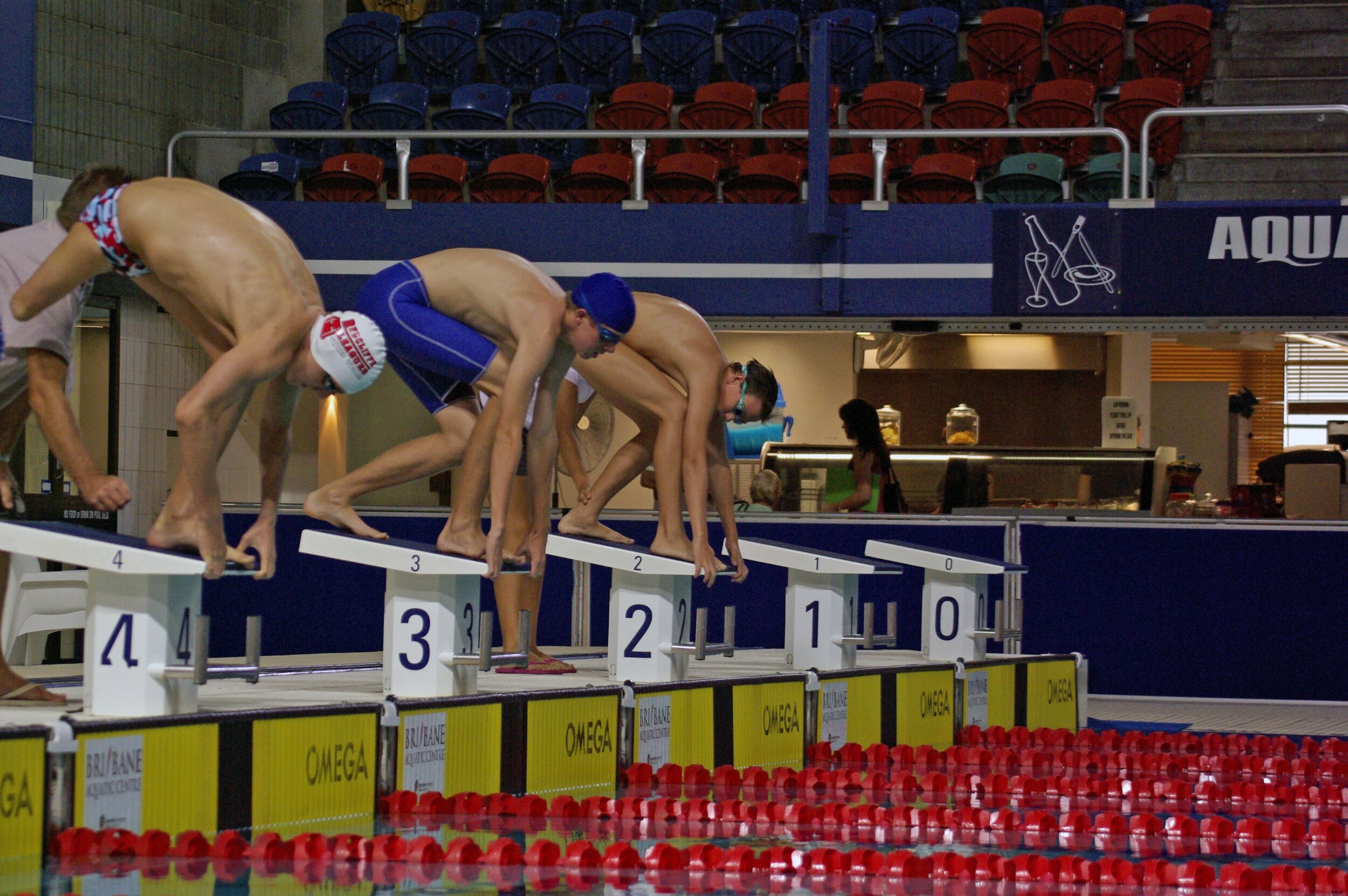Swimming
Introduction
Swimming is Australia’s favourite pastime and is ingrained in the national identity. Living in a coastal country, the majority of Australians swim recreationally. Australians are strong competitive swimmers, with a large medal tally to show for it. The Australian Paralympic swim team ranked 2nd in the 2012 London games.
Disciplines include Freestyle, Backstroke, Butterfly, Breaststroke and Medley events. Male and females of all abilities are able to participate and compete. Distances vary according to the athlete classification and the event.
The International Swimming Federation (FINA) rules are followed with some modifications, such as optional platform or in-water starts and consideration given when performing the swimming strokes. There are opportunities to participate and compete at all levels from your local club up to the Australian Championships.
How to Swim
Para-swimmers follow slightly modified rules of mainstream swimming. Athletes perform the standard stroke/s of their disciplines (Freestyle, Backstroke, Butterfly, Breastroke and Medley events, to the best of their ability. In able-bodied swimming, the race starts by competitors diving into the pool at the sound of a gun. If possible para-swimmers dive from the standing position. However, concessions are made and they can dive from a seated platform or start in the water.
The regulation attire is a bathing suit. Like able-bodied swimming, athletes are forbidden to use any equipment that may enhance speed, buoyancy and endurance.
Who can Swim
Impairment Type
To be eligible for swimming athletes must have a physical disability, vision impairment or intellectual disability. Athletes with a physical disability have one or more of the following: single or multiple limb loss (through birth defects and/or amputation), cerebral palsy, spinal cord injuries (leading to paralysis or disability in limb coordination), dwarfism, or disabilities which impair the use of joints.
Classification
Swimmers are separated into three disability classes: physical disability, vision impairment and intellectual disability. They are then classified according to the severity of their impairment.
Swimmers with physical disabilities are ranked from 1 and 10, with 1 being the most impaired and 10 the least.
Visually impaired swimmers are allocated to categories 11, 12 or 13. Category 11 swimmers are totally blind, while competitors in category 13 have severe but not total visual impairment.
Swimmers with Intellectual disabilities compete in category 14.
Swimmers receive a class for each stroke discipline, and a prefix indicates which stroke the class applies to;
• The prefix S to the class denotes the class for Freestyle, Backstroke & Butterfly
• The prefix SB to the class denotes the class for Breaststroke
• The prefix SM to the class denotes the class for Individual Medley
For example, a Freestyle swimmer with a severe physical impairment may compete in S2, whilst a totally blind Breastroke swimmer would compete in SB11.
How Do I Get Classified?
Please contact your State Swimming Association listed in “Who Runs The Sport” to get classified and compete against other athletes with a similar disability. They will be able to provide details of opportunities to get classified.
If your State Association is unable to provide you with the information you require to get classified, please register with the PA by emailing classification@paralympic.org.au.
Where can you participate?
AUSTRALIA
Swimming Australia
E: admin@swimming.org.au
P: (02) 6219 5600
STATE / TERRITORIES
New South Wales
Swimming NSW
P: +61 2 9763 5833
admin@nsw.swimming.org.au
https://nsw.swimming.org.au
Queensland
Swimming Queensland
P: +61 7 3390 2011
admin.qld@swimming.org.au
http://qld.swimming.org.au
South Australia
Swimming South Australia
P: +61 8 7123 0848
admin@sa.swimming.org.au
http://sa.swimming.org.au
Victoria
Swimming Victoria
P: +61 3 9230 9400
sv.admin@vic.swimming.org.au
http://vic.swimming.org.au
Western Australia
Swimming Western Australia
P: +61 8 9328 4599
classification@wa.swimming.org.au
http://wa.swimming.org.au
Tasmania
Swimming Tasmania
P: +61 3 6216 7802
admin@tas.swimming.org.au
http://tas.swimming.org.au
Northern Territory
Swimming Northern Territory
P: +61 447 201 497
admin@nt.swimming.org.au
http://nt.swimming.org.au
Resources
Videos
Intro to Para-Swimming from the International Paralympic Committee
Classification from Swimming Australia


